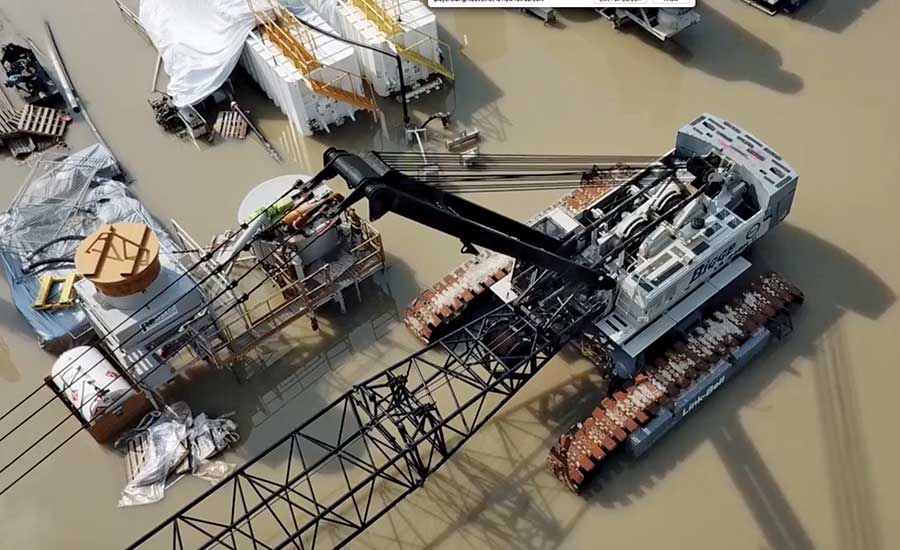The seminars covered hardening insurance policy terms and new ideas about mass timber and marijuana. But if there was a single thread running through the complex fabric of the International Risk Management Institute’s construction conference in Seattle, it was the familiar nemeses of wind and rain damage. Three separate sessions at the event, starting Nov. 10, directly concerned bad weather.
Data science is hardly new to insurance, but its ability to capture and analyze vast data baskets is transforming construction risk. With ample sources on weather, brokers and insurers have publicized parametric weather policies. They provide coverage triggered by the measured weather, such as inches of rainfall, rather than by property damage sustained. Policies can be used to supplement traditional builders’ risk insurance linked to property damage.
Few U.S. construction contractors have bought such policies so far. But an automatic payout linked to adverse weather is one of the key benefits.
Ralph Renner, head of European origination for reinsurer Sompo International, said in one seminar that parametric weather coverage is always based on an index so “we are not going to look at how you actually work on the ground. We are going to define very carefully, what is the trigger and what is the event that is going to cause a delay for you.”
The triggers can vary greatly—from rain one day to cumulative rain, windspeed during lifting operations, or heat and humidity that creates conditions where no work can be performed on others. If a policy states that the trigger is ½ in. in one day, and yet 1⁄4 in. of rain falls for four consecutive days, “you aren’t going to get paid,” said Renner, even if the cumulative effect on the project is the same.
In fact, the specialized, bespoke nature of parametric insurance is one of its defining qualities. “We are not limited to just whether something happens or not,” said Michael DeLio, a data scientist and economist for broker Aon. “We can structure it any way we need to fit the project and the balance sheet and exposures that the project might have,” he says. The policy can cover the period for a specific part of a project, such as foundation construction or concrete placement.
Location matters a lot. A policy written for central Seattle, for example, would be based on different data if the work took place some miles away in mountainous terrain with a different climate. What about insuring other types of risks, an audience member asked, such as winds that may increase the risk of wildfire. Panelists uniformly answered that if there’s data, it can be done.
At another weather-related session, on mitigating damage, panelists advocated for common sense, discipline and planning—especially in coastal areas or on jobsites prone to weather events. Any hurricane flood plan should be quick, simple and practiced before it is needed, said Michael D. Widdekind, a technical director for property coverage at insurer Zurich, N.A.
A full-scale practice session can be laborious, conceded Frank Wampol, Harbert International’s corporate vice president for safety and health, but contractors should not “underestimate the value of a good table talk” about what needs to be done when rough weather is on its way. Don’t trust that a disorganized scramble in the final 36 hours is going to work, Wampol advised. There has to be a plan to execute before the weather threat, he said, or “it’s not going to get done.”
A growing awareness of exposure to wind and rain has helped. Wampol says it is important to have enough experienced crews available to dismantle or secure a crane in time. Companies also are recognizing their vulnerability to rain-damaged stored materials. “We’ve gotten a lot better [at protecting materials stored]” in outside laydown areas,” said Wampol. Some contractors are moving to policies and procedures “where nothing touches the floor,” he added.
Technology also plays a role in damage mitigation. Widdekind noted that prices have come down for sensors that signal rising water levels.





